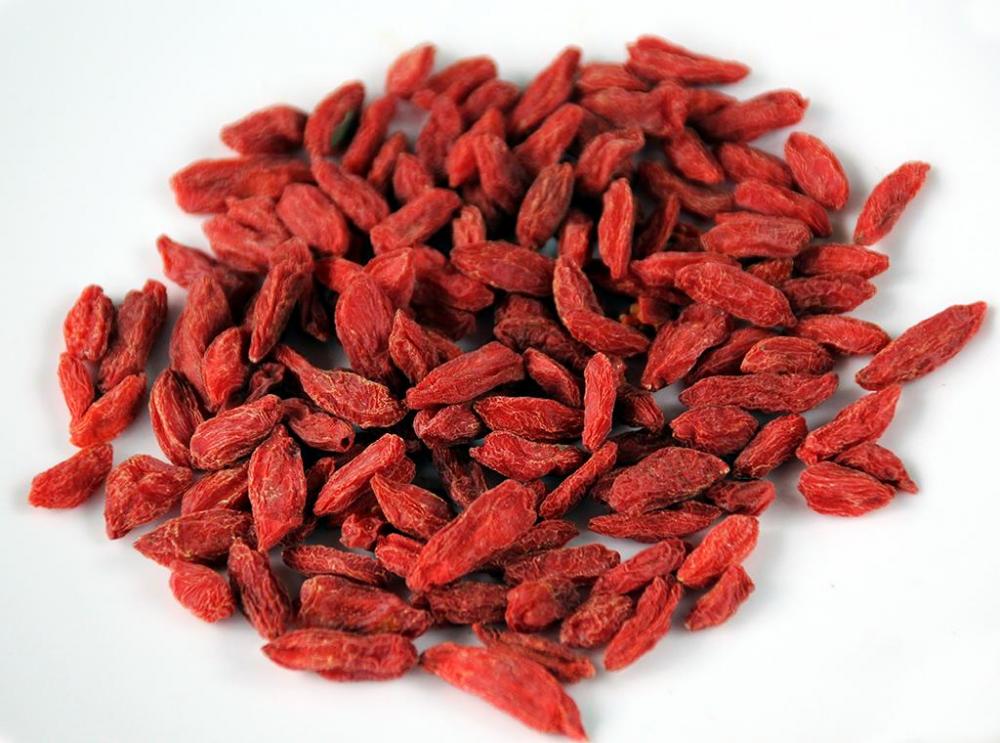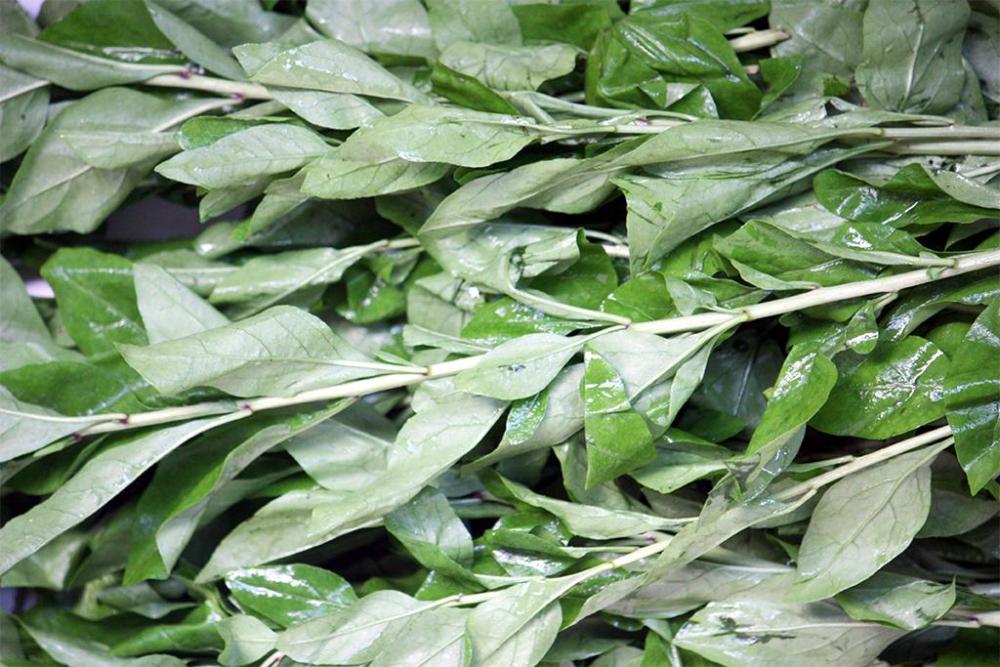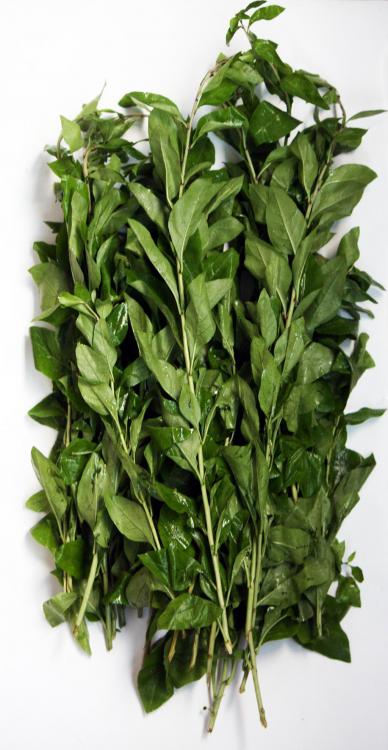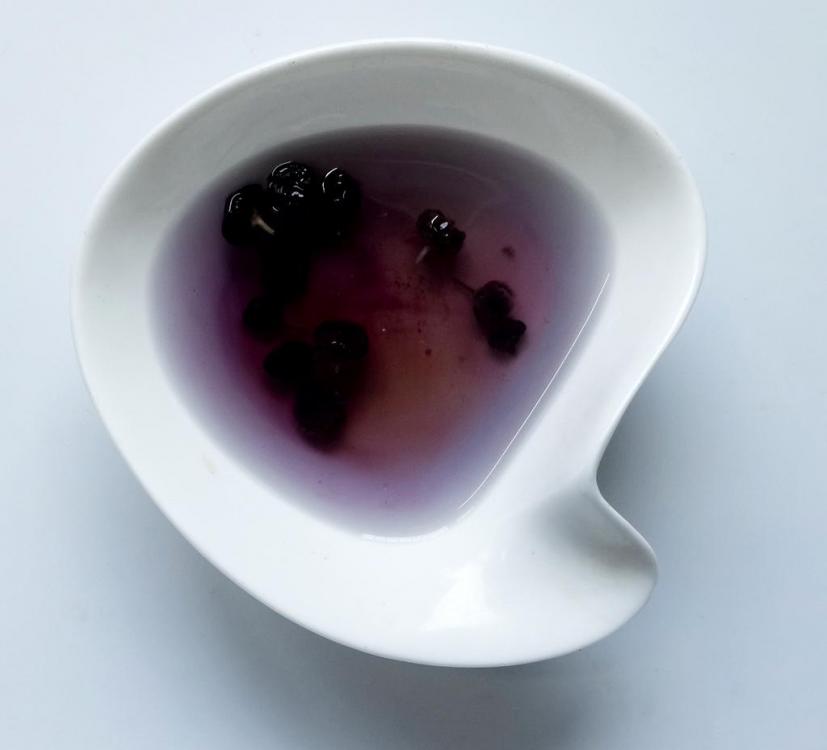29. 枸杞 (gǒuqǐ) – Goji – Lycium chinense
Touted today as a ‘superfood’ by shamans and fakers exploiting the gullible, the leaves and berries of the goji shrub have been used in east Asian cooking and medicine for centuries. There is zero scientific evidence that they have any effect on health or disease.
The small red berries (Lycii fructus), also known as wolfberries, are dried and added to rice porridges, soups and hotpots, but also used to make tisanes and are also made into wine, 枸杞酒 (gǒu qǐ jiǔ). The taste is mildly fruity, reminiscent of dried strawberry to my palate.
Goji Leaf
More to my liking are the leaves Lycii herba. Known in Chinese as 枸杞菜 (gǒu qǐ cài, literally goji vegetable or 枸杞叶 (gǒu qǐ yè, literally 'goji leaf'), which is stir-fried or added to hot pots. The young stems are also edible, but more normally the leaves are stripped from older, woody stems.
Goji Leaf
Less well known are these small black goji berries (黑枸杞 - hēi gǒu qǐ). Less than half the size of the red ones, these are more often used to make goji tea.
Black goji berries
Infused black goji berry tea 1
Infused black goji berry tea 2








